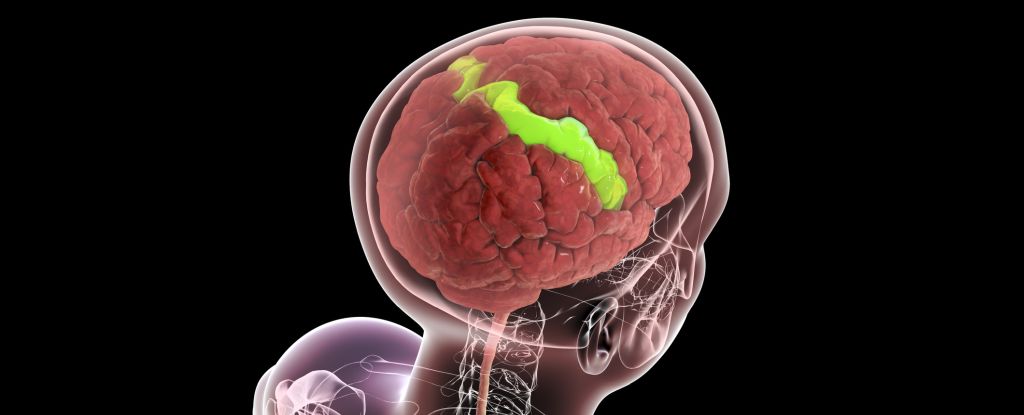
New research challenges the prevailing notion that aging inevitably leads to brain degeneration. A study conducted by scientists at Otto von Guericke University Magdeburg and the German Center for Neurodegenerative Diseases indicates that certain regions of the brain, specifically the somatosensory cortex, may actually strengthen as individuals age.
The somatosensory cortex is crucial for processing sensory information. This study shows that, contrary to expectations, some layers within this region do not thin out but can grow thicker with age. Esther Kühn, a neuroscientist at the German Center for Neurodegenerative Diseases, stated, “Although the cerebral cortex becomes thinner overall, some of its layers remain stable or even become thicker with age. This suggests neuroplasticity—the brain’s ability to adapt—persists in older individuals.”
Neuroplasticity refers to the brain’s capability to reorganize itself by forming new neural connections. Traditionally, it has been assumed that this adaptability peaks during youth and diminishes with age. However, this latest study indicates that this belief might be overly simplistic.
Kühn and her team examined high-resolution MRI scans of 61 adults aged between 21 and 80 years, focusing on the primary somatosensory cortex. The findings revealed that this region is structured like a stack of thin layers, each serving distinct functions. While some lower layers were thinner in older adults, the middle and upper layers were found to be thicker than in their younger counterparts.
The middle layer acts as a gateway for tactile stimuli, while the upper layers are involved in processing these signals further. Kühn explained, “For example, in the case of sensory stimuli from the hand, the upper layers are particularly important for the interaction between neighboring fingers.” This functionality is vital for tasks such as grasping objects.
In contrast, the lower layers, responsible for modulating tactile signals, showed thinning in older individuals. These layers typically handle the amplification or suppression of sensory input, which may explain why one often does not feel clothing unless specifically focused on it.
The researchers hypothesize that the variations in layer thickness may relate to the principle of “use it or lose it.” The middle and upper layers are consistently engaged due to constant interaction with the environment. Kühn remarked, “The neural circuits in the lower layers are stimulated to a lesser extent, especially in later life. Our findings suggest that the brain retains what is frequently used, highlighting a feature of neuroplasticity.”
Interestingly, despite the shrinkage of the lower layers, compensatory mechanisms may occur. The study noted an increase in myelin content within these layers, indicating a response to the growth of specific neurons that enhance modulation signals. This adaptability offers promising insights, with researchers aiming to explore ways to stimulate these mechanisms in the future.
Kühn concluded, “Together, our findings support the idea that appropriate stimulation can benefit the brain, suggesting an optimistic notion that we can influence our aging process to some extent.” This significant research was published in the journal Nature Neuroscience in March 2024, contributing vital insights into the ongoing discourse surrounding brain health and aging.






